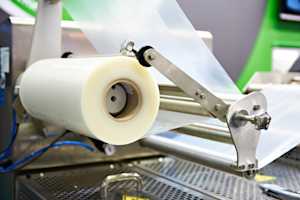Sanna Laukkanen
MSc (Tech.), Fiber and Polymer Engineering
Biomass & Textiles

Sanna Laukkanen works at Measurlabs as a testing expert with a main focus on biomass, textiles, and fiber-based materials. Sanna majored in fiber and polymer engineering at Aalto University and holds an MSc (Tech.) in chemical engineering. She wrote her master’s thesis on additives used to optimize kraft-lignin pelletizing and pellet performance.
Sanna’s studies and previous work experience have been centered around the analysis of synthetic and natural polymers. She has worked with R&D of lignin-based resins, analyzed oil and biorefinery products, and studied food safety standards and legislation related to the production of packaging materials.
Publications
Sanna was recently named as a co-author of a scientific article, written by one of her customers based on isotope analysis that Measurlabs provided:
Sanna’s latest articles in our blog
Barrier testing methods for product performance optimization
Barrier properties, such as WVTR and OTR, are often evaluated during the development of polymeric films. Tests can also be adapted for other sample types.
Keep reading >
Paper and board recyclability testing by European industry standards
EU sustainability policy requires all paper and board packaging to be designed for recycling by 2030. Recyclability can be validated using standardized tests.
Keep reading >
Textile testing requirements and practices in the EU
Regulatory requirements for textiles in the EU cover chemical safety and labeling. Performance should also be assessed to ensure quality and sustainability.
Keep reading >
